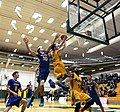
Simon Fraser University (SFU) is a public research university in British Columbia, Canada, with three campuses, all in Greater Vancouver: Burnaby, Surrey, and Vancouver. The 170-hectare (420-acre) main Burnaby campus on Burnaby Mountain, located 15 kilometres (9.3 mi) from downtown Vancouver, was established in 1965 and comprises more than 30,000 students and 160,000 alumni. The university was created in an effort to expand higher education across Canada.
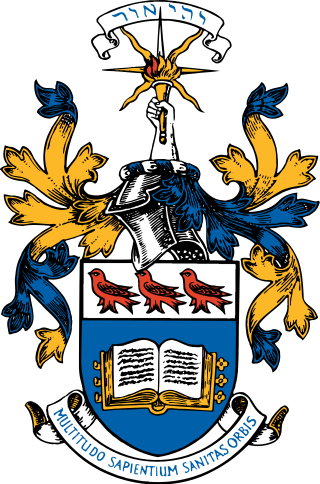
The University of Victoria (UVic) is a public research university located in the municipalities of Oak Bay and Saanich, British Columbia, Canada. Established in 1903 as Victoria College, the institution was initially an affiliated college of McGill University until 1915. From 1921 to 1963, it functioned as an affiliate of the University of British Columbia. In 1963, the institution was reorganized into an independent university.
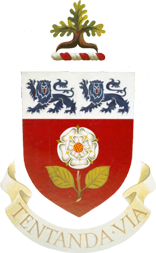
York University, also known as YorkU or simply YU, is a public research university in Toronto, Ontario, Canada. It is Canada's third-largest university, and it has approximately 55,700 students, 7,000 faculty and staff, and over 370,000 alumni worldwide. It has 11 faculties, including the Lassonde School of Engineering, Schulich School of Business, Osgoode Hall Law School, Glendon College, and 28 research centres.
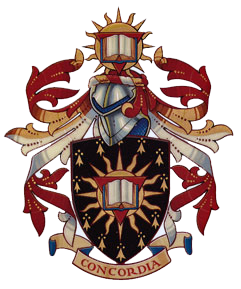
Concordia University is an English-language public research university located in Montreal, Quebec, Canada. Founded in 1974 following the merger of Loyola College and Sir George Williams University, Concordia is one of the three universities in Quebec where English is the primary language of instruction. As of the 2022–23 academic year, there were 49,898 students enrolled in credit and non-credit courses at Concordia, making the university among the largest in Canada by enrollment. The university has two campuses, set approximately 7 kilometres apart: Sir George Williams Campus is the main campus, located in the Quartier Concordia neighbourhood of Downtown Montreal in the borough of Ville Marie; and Loyola Campus in the residential district of Notre-Dame-de-Grâce. With four faculties, a school of graduate studies and numerous colleges, centres and institutes, Concordia offers over 400 undergraduate and over 120 graduate programs and courses.

The University of British Columbia (UBC) is a public research university with campuses near Vancouver and Okanagan in British Columbia, Canada. Established in 1908, it is the oldest university in British Columbia. With an annual research budget of $773 million, UBC funds over 10,000 projects a year.

Carleton University is an English-language public research university in Ottawa, Ontario, Canada. Founded in 1942 as Carleton College, the institution originally operated as a private, non-denominational evening college to serve returning World War II veterans. Carleton was chartered as a university by the provincial government in 1952 through The Carleton University Act, which was then amended in 1957, giving the institution its current name. The university is named after the now-dissolved Carleton County, which included the city of Ottawa at the time the university was founded.

The University of Alberta is a public research university located in Edmonton, Alberta, Canada. It was founded in 1908 by Alexander Cameron Rutherford, the first premier of Alberta, and Henry Marshall Tory, the university's first president. It was enabled through the Post-secondary Learning Act. The university is considered a "comprehensive academic and research university" (CARU), which means that it offers a range of academic and professional programs that generally lead to undergraduate and graduate level credentials.
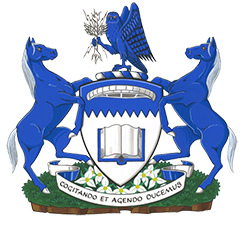
Ontario Tech University (OTU), also known as Ontario Tech, is a public research university located in Oshawa, Ontario, Canada. The university's main campus is located on approximately 160 hectares of land in northern Oshawa, while its secondary satellite campus is situated in downtown Oshawa. The university is a co-educational institution that operates seven academic faculties.

The Université de Sherbrooke is a French-language public research university in Sherbrooke, Quebec, Canada, with a second campus in Longueuil, a suburb on the South Shore of Montreal. It is one of two universities in the Estrie region of Quebec, and the only French-language university for the region.
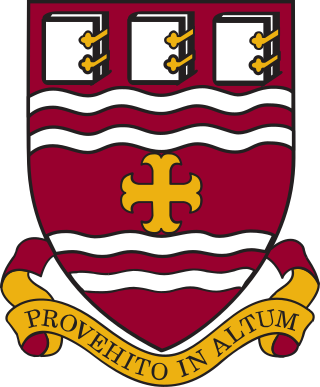
Memorial University of Newfoundland, also known as Memorial University or MUN, is a public research university in the province of Newfoundland and Labrador, based in St. John's, with satellite campuses in Corner Brook, elsewhere in Newfoundland and in Labrador, Saint Pierre, and Harlow, England. Memorial University offers certificate, diploma, undergraduate, graduate, and post-graduate programs, as well as online courses and degrees.

The University of Winnipeg is a public research university in Winnipeg, Manitoba, Canada. It offers undergraduate programs in art, business, economics, education, science and applied health as well as graduate programs. UWinnipeg's founding colleges were Manitoba College and Wesley College, which merged to form United College in 1938. The University of Winnipeg was established in 1967 when United College received its charter.

The University of Lethbridge is a public comprehensive and research higher education institution located in Lethbridge, Alberta, Canada, with a second campus in the city of Calgary, Alberta. It was founded in the liberal education tradition.

Quest University was a private, not-for-profit, secular liberal arts and sciences university. The university opened in September 2007 with an inaugural class of 73 and suspended academic operations in April 2023. The university had an enrolment of around 200 students around the time of its closing.

Emily Carr University of Art + Design is a public art and design university located on Great Northern Way, in the False Creek Flats neighbourhood of Vancouver, British Columbia, Canada.
Coast Mountain College (CMTN) is an accredited, publicly funded post-secondary educational institution that serves the communities of British Columbia's northwest region. CMTN offers field schools, college access, trades, university credit, health and human services programs. The college is a member of the University of the Arctic network, and Colleges and Institutes Canada (CiCan).
The University of British Columbia Okanagan is a satellite campus of the University of British Columbia in Kelowna, British Columbia, Canada.

Higher education in Canada includes provincial, territorial, indigenous and military higher education systems. The ideal objective of Canadian higher education is to offer every Canadian the opportunity to acquire the skills and knowledge necessary to realize their utmost potential. It aspires to cultivate a world-class workforce, enhance the employment rate of Canadians, and safeguard Canada's enduring prosperity. Higher education programs are intricately designed with the perspective of the learner in focus, striving to mitigate risks and assure definite outcomes.
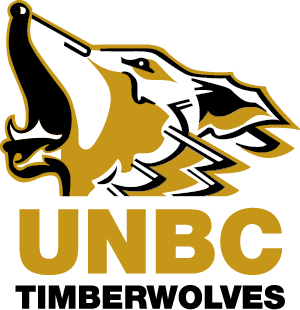
The UNBC Timberwolves are the athletic teams that represent the University of Northern British Columbia in Prince George, British Columbia and currently compete in the Canada West conference of U Sports. The Timberwolves field varsity teams in basketball and soccer.
Rankings of universities in Canada are typically published annually by a variety of nationally, and internationally based publications. Rankings of post-secondary institutions have most often been conducted by magazines, newspapers, websites, governments, or academia. Ranking are established to help inform potential applicants about universities in Canada based on a range of criteria, including student body characteristics, classes, faculty, finances, library, and reputation. Various rankings consider combinations of factors, including funding and endowment, research excellence and/or influence, specialization expertise, admissions, student options, award numbers, internationalization, graduate employment, industrial linkage, historical reputation and other criteria. Various rankings also evaluate universities based on research output.
Geoffrey R. Weller was a Canadian teacher, scholar and the founding president of the University of Northern British Columbia from 1991 to 1995. After his presidency, he remained at UNBC, teaching International Studies. He oversaw the school's main campus construction in Prince George, B.C., and established its first five special focus areas: Women's Studies, Environmental Studies, First Nations Studies, Northern Studies, and International Studies. In 2001, UNBC named its library after him.





